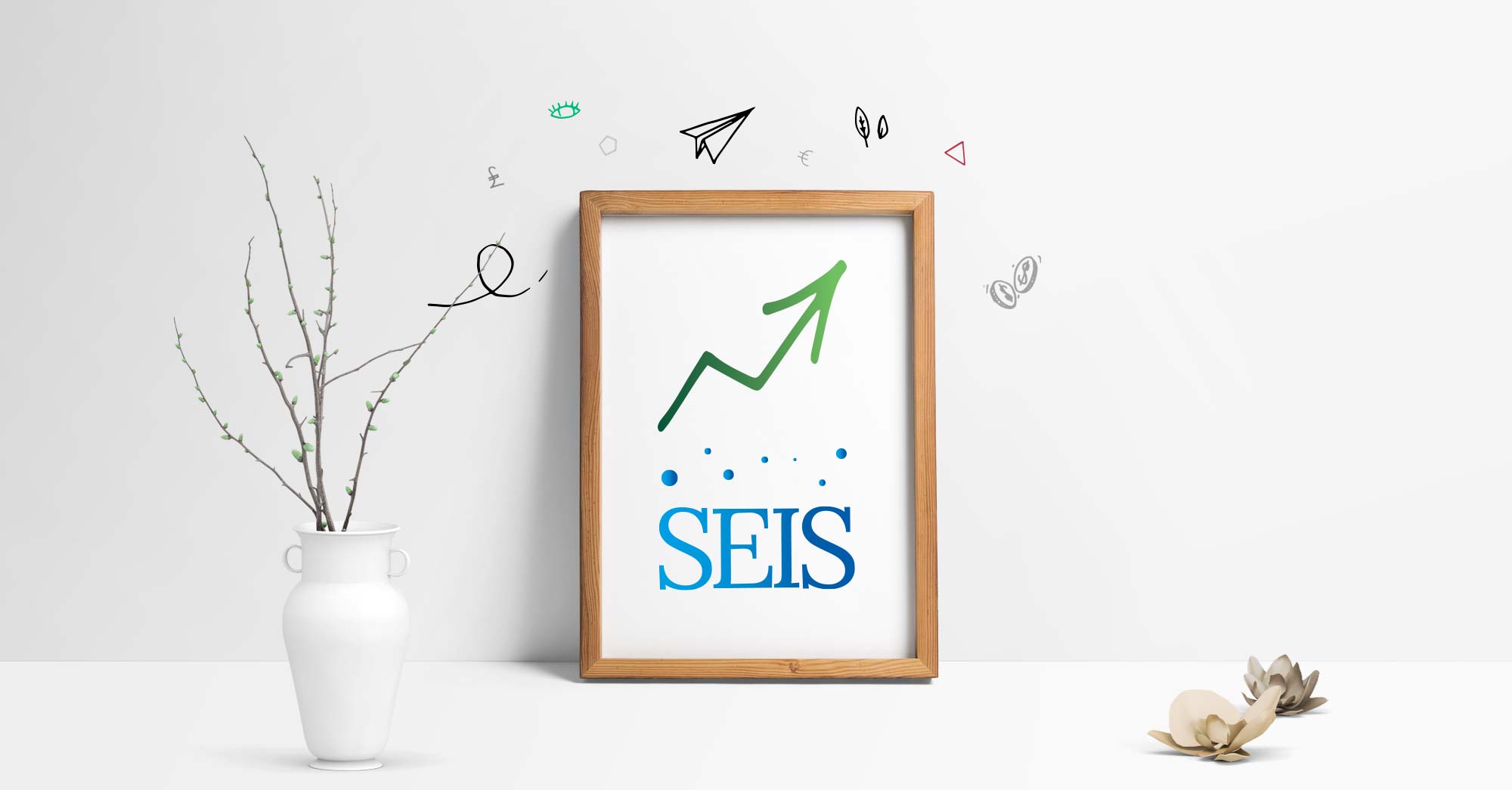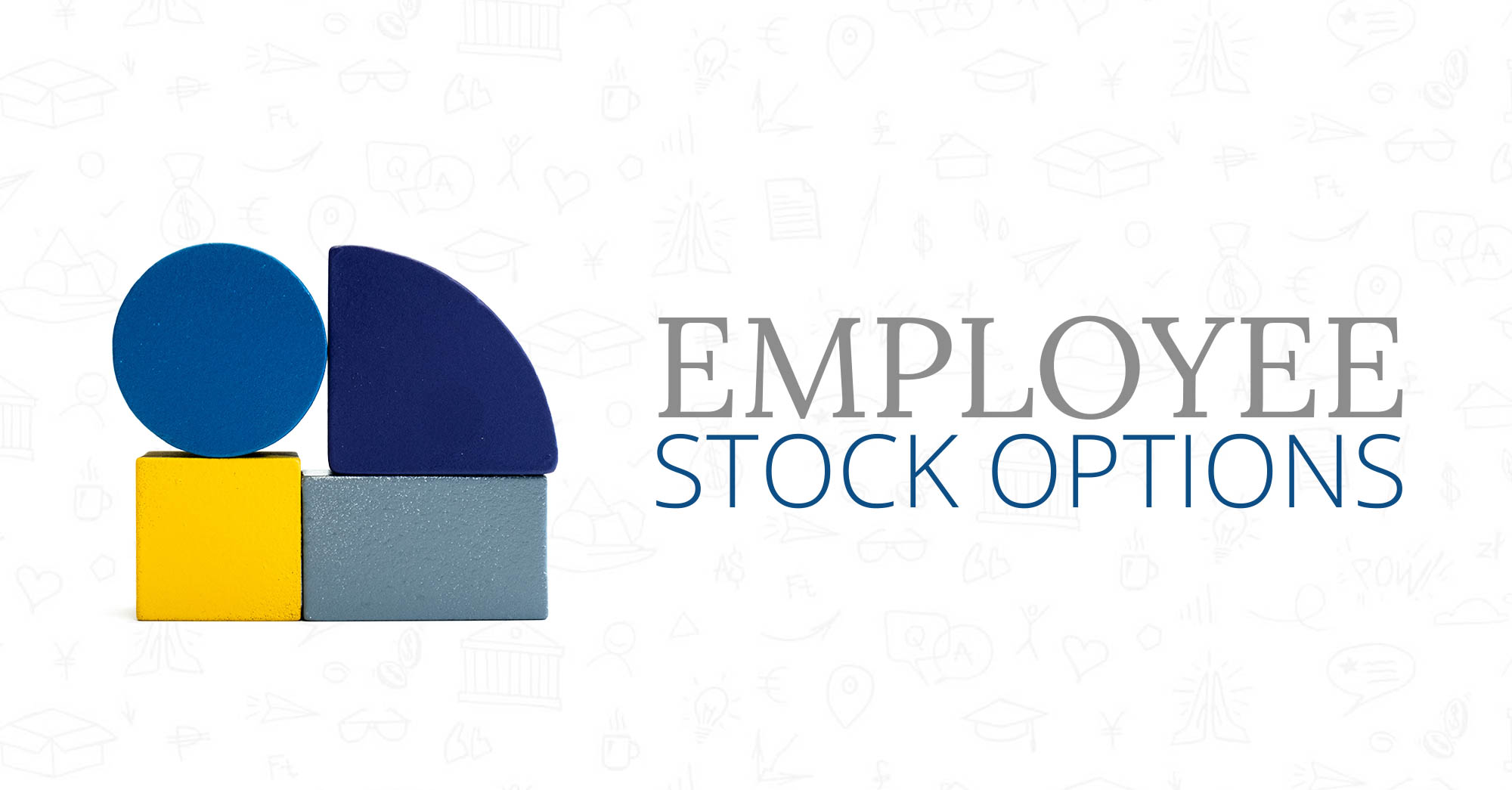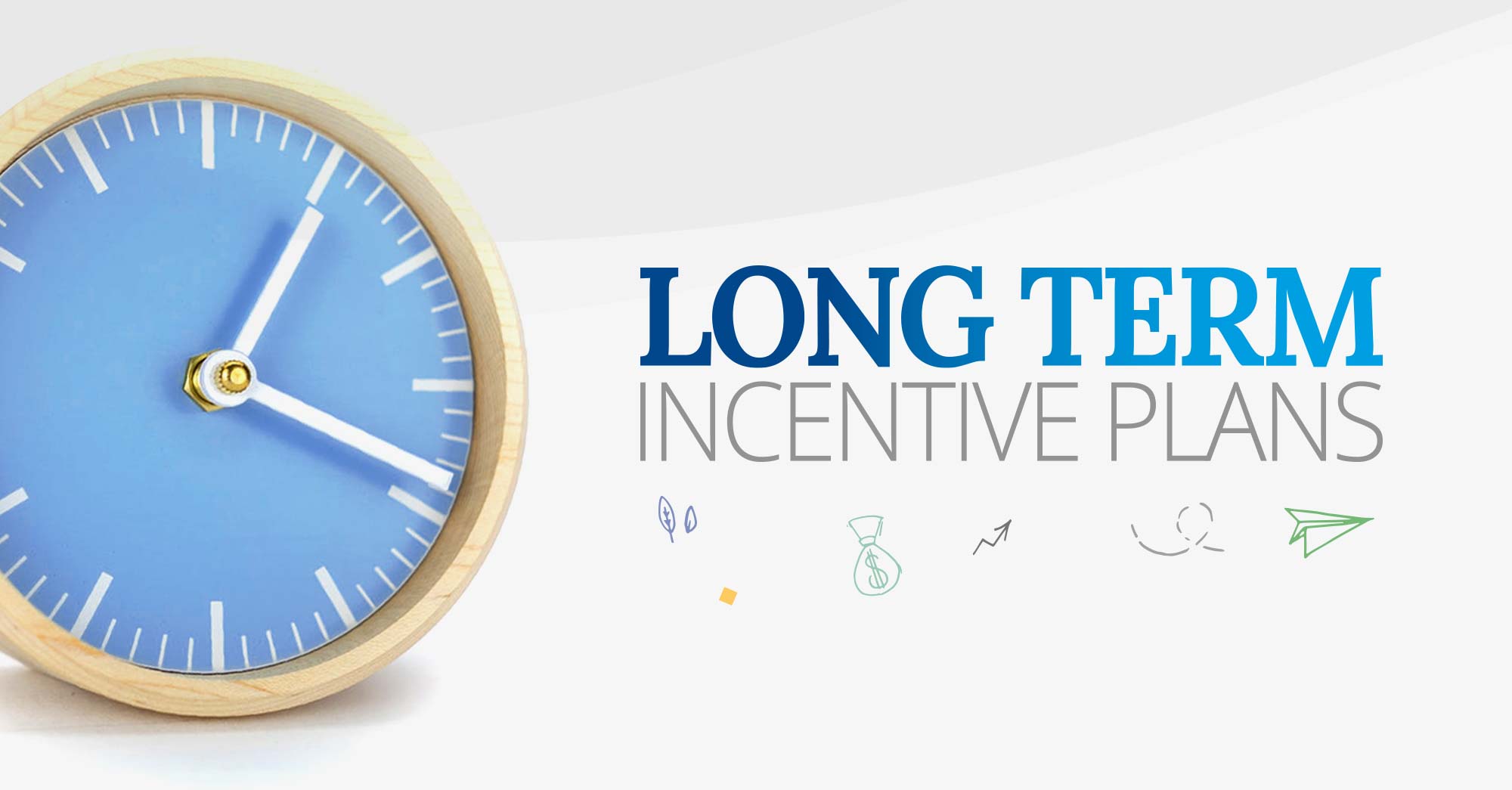The Seed Enterprise Investment Scheme (SEIS) is an initiative designed to encourage investors to back startups and small businesses and does so by linking investment with attractive tax-efficient benefits.
First unveiled by then-Chancellor George Osborne in his 2011 Autumn Statement and formally launched the following year, the scheme has gone on to become one of the most successful government-backed initiatives ever introduced at Westminster.
The SEIS was one measure among many brought in by the Government around that time, as it sought to get the economy moving again in the wake of the 2008 recession, with supporting small businesses and encouraging startups seen as a vital part of that strategy.
According to the most recent figures published by HMRC, since its launch, the scheme has facilitated the investment of £1.4 billion in 13,800 companies. In the 2019-2020 period alone, more than 2,000 companies received a total of £170 million under its terms, with approximately 75% of those companies raising funds under the scheme for the first time.
The numbers don’t lie – the SEIS has been and continues to be extremely attractive to small businesses, startups, and investors. To understand why the scheme has been such a success, we need to take a closer look at how it operates, who it targets, and the benefits for the various parties.
The tax benefits of the Seed Enterprise Investment Scheme (SEIS)
_1.jpeg)
The SEIS was designed to help the economy rebound after the 2008 financial crash, helping small companies and startups to grow and scale quickly
In the wake of 2008 and its subsequent economic fallout, the UK Government made a conscious decision to promote new enterprise and entrepreneurship as part of its economic recovery strategy. If new businesses are to survive and thrive, they need to attract seed funding; however, while there is never a guarantee of a return on any investment, the startup sector is always viewed as being particularly risky, from the investor perspective.
So, with a view towards reducing the risks to make the sector more attractive to investors, the Government developed the SEIS – a scheme that offers a range of tax-based incentives specifically designed to make the prospect of placing capital in startups and small businesses more appealing to would-be investors.
There are five forms of tax relief associated with SEIS:
#1 Income Tax relief
Individual investors can receive up to 50% income tax relief on investments made through the scheme, up to a total value of £100,000 in any single tax year. That cap applies to the total value of all investments, so whether you invest in one or ten companies, your maximum overall allowance is £100,000.
Before an investor can claim tax relief, they must receive an SEIS3 form from the company in which they have invested. This document specifies the amount involved and states that the investment is eligible for tax relief. The company receives the form from the Small Companies Enterprise Centre (SCEC) once it has been in existence for four months or if it has spent 70% of investment funds. Once it receives the form, the company passes it on to investors, who then complete and submit it as part of their tax return.
SEIS investments also offer a “carryback” facility. This refers to the process whereby investors can treat some or all of the SEIS shares they acquire in an individual tax year as if they had been acquired the year before, thus enabling them to offset tax relief against income tax from the previous tax year. You will only be able to do this if you have sufficient SEIS allowance in the tax year which you would be carrying back to.
An SEIS is designed as a long-term investment. To become eligible for income tax relief, you must hold the investment for at least three years. Once you become eligible, you can then claim tax relief up to five years after the investment was made.
#2 Capital Gains Tax exemption
If you make an SEIS investment in a company and hold those shares for three years, at that point, if you decide to sell your stake, you will be 100% exempt from tax on whatever gains you have made.
#3 Capital Gains Tax reinvestment relief
If you have non-SEIS investments and choose to cash them in to reinvest in a project or projects that qualify for the scheme, your CGT liability on those initial investments will be reduced by 50%.
#4 Loss relief
As mentioned earlier, the increased risk factor associated with startups has tended to make them less attractive to investors. If the SEIS initiative was going to succeed, then the Government needed to come up with an incentive that would help to neutralise this traditional reticence. The solution was clear – if fear of losses made investors less likely to invest in startups, then offering loss relief would go at least part of the way to providing the necessary reassurance.
Under SEIS, if an investment fails, an investor can claim relief which will be offset against tax on other income. More specifically, the amount invested (minus the 50% eligible for income tax relief) is multiplied by the individual’s income tax rate to determine the amount that can be claimed.
#5 Inheritance Tax relief
In the event of the death of the investor or on certain lifetime transfers, 100% inheritance tax relief against the value will apply, if the SEIS shares have been held for at least two years.
How to qualify for a Seed Enterprise Investment Scheme (SEIS)
_3.jpeg)
The SEIS is exclusively targeted at small companies and startups to help them grow, and the eligibility rules are clearly defined to that end
So, that’s the tax picture. Clearly, the above reliefs and exemptions have contributed to making SEIS a tremendous success. However, remember, it is a targeted scheme focusing on small companies and startups, so a number of qualifying criteria must be met before Investment A in Company B can be deemed eligible to be treated as an SEIS investment.
Among the points that need to be considered are:
# No investor can look to invest more than £100,000 under SEIS in any one tax year.
# The total investment that any one company can receive under SEIS is capped at £150,000. Obviously, this throws up one key practical question – what if Company A needs more than £150,000? In that situation, the best way to proceed is to raise the first £150,000 under SEIS, and then look to raise the remainder of what is required under the Enterprise Investment Scheme (EIS), a similar initiative, but one with higher investment limits. An important point to note for any company looking to go down this route is that you must spend at least 70% of funds raised via SEIS before you can look to issue shares under EIS.
# If a potential investor has a pre-existing financial interest in the company being targeted for investment, it must equate to less than 30%. This also applies to certain family members. So, you will not be able to make an SEIS investment in a company if 30% or more of that business is owned by your spouse, parents, children, grandchildren, or grandparents. For the purposes of SEIS, siblings, cousins, aunts, and uncles are treated differently, and their ownership stake – however large – will pose no obstacle to a planned investment. On a broader level, an investor cannot be a paid employee, partner, or director of the company (an unpaid director may still claim Income Tax relief under SEIS).
# In order to be eligible for tax relief, shares used in an SEIS must be new, ordinary shares with no special rights attached. Also, the shares must be paid for in full and in cash. An investor cannot use a loan to purchase the shares if that loan is sought and approved specifically for that purpose.
# In 2018, HMRC introduced a new measure that impacts how SEIS eligibility works in practice – the risk-to-capital condition. HMRC describes it as a “principles-based condition” and under its terms, the company must demonstrate that it has objectives to grow and develop over the long-term and that those growth prospects are linked to whether they secure SEIS investment.
For the investor, meanwhile, the risk-to-capital condition demands that the proposed investment must represent a genuine risk and that they could realistically lose more than they stand to gain.
That latter point may seem odd at first glance, but the HMRC rationale is that they are looking to exclude investments that would amount to “capital preservation activities”, whereby the true purpose would be to prevent loss rather than secure gain. One of the potential headaches for both company and investor arising from this measure is that the decision-making process on eligibility is largely subjective – each application is assessed on its own merits, rather than having to meet a specified set of criteria.
# While a company doesn’t necessarily have to be based in the United Kingdom, it must have a permanent establishment there to be eligible for SEIS.
# As stated previously, SEIS was introduced with a view towards securing investment for small companies and startups. With that in mind, participating companies must be no more than two years old, the value of company assets cannot exceed £200,000, and they must have less than 25 employees (whether as a standalone company or if part of a group) at the time of the investment.
# HMRC operates an Advance Assurance facility, which lets investors know that target companies have met all the terms necessary to qualify for the scheme. To receive this certification, a company must provide certain key information to the SCEC, including the trade they are engaged in, the company’s structure, a financial forecast, a proposal for shared capital and equity, and whether the investor intends to claim SEIS relief after the shares are purchased.
It is important to note that it is not enough for a company to establish that it qualifies for the scheme merely at the time that the deal is done. It needs to continue to do so through the life of the investment.
If at any time during that period circumstances change within the company and it is deemed to no longer be eligible, it could be excluded from the scheme and therefore lose the ability to apply for tax relief on behalf of investors.
Which sectors are eligible and which are excluded?
Another key point to be aware of is that while the scheme is open to most sectors, some are excluded.
Among the eligible sectors, in the 2019-2020 period, Information and Communication companies were by far the most popular among investors, accounting for 37% (£62 million) of all SEIS investments made.
To underscore just how attractive that sector is at this time, the next three largest sectors – Manufacturing; Wholesale and Retail Trade, Repairs; and Professional, Scientific, and Technical – accounted for 34% of overall investment combined.
Other eligible sectors include:
- Consumer Products
- E-Commerce and Markets
- Education
- Environment and Clean Technology
- Fashion and Apparel
- Fintech
- Food and Drink
- Games
- Health
- High Technology
- Leisure, Sport, and Travel
- Marketing
- Media and Entertainment
- Other
- Retail
- Social and Collaborative
Excluded sectors include:
- Banking, insurance, and money lending
- Coal and/or steel production
- Dealing in goods other than ordinary retail or wholesale distribution, such as goods held as investments if stock is not actively sold
- Dealing in land, commodities, or futures, or in stocks, shares, securities, or financial products
- Farming and market gardening
- Forestry or timber production
- Generating or exporting electricity or power – with some exceptions (hydropower, anaerobic digestion, community interest companies, co-ops)
- Hire purchase financing and other financial activities
- Leasing or letting assets for hire – with an exception made for ship chartering
- Legal or accountancy services
- Property development
- Receiving royalties or licence fees – with some exceptions for self-generated intellectual property
- Running hotels, or any similar properties
- Running nursing or care homes
- Shipbuilding
- Providing a service to any business trading in any of these activities
The key proviso attached to all of the above is that if any of those lines of business account for over 20% of day-to-day activities, then that company will not be eligible for SEIS.
What are the benefits of the Seed Enterprise Investment Scheme (SEIS)?
As detailed above, investors can benefit from a range of tax incentives when making an SEIS investment. As well as that, the investments made may well prove to be lucrative in their own right.
Getting in on the ground floor with a startup represents an investment risk, but if that company proves to be viable and thrives, then the returns may constitute a windfall.
For the small companies and startups receiving investment, one obvious benefit is the access to capital that SEIS facilitates. Beyond that, other benefits include the shop window that being SEIS-compliant places you in. Even if that exposure in the here and now does not translate into receiving investment from a particular investor, a seed can be planted for future collaboration down the line.
Also, SEIS facilitates connections and networking – with investors sharing contacts and expertise in the sectors with which they are most familiar.
Seed Enterprise Investment Scheme (SEIS), Simplified.
To talk to one of our experts about the SEIS, simply click here or the button below.
This publication contains general information only and J.P. Morgan Workplace Solutions is not, through this article, issuing any advice, be it legal, financial, tax-related, business-related, professional or other. J.P. Morgan Workplace Solutions’ Insights is not a substitute for professional advice and should not be used as such. J.P. Morgan Workplace Solutions does not assume any liability for reliance on the information provided herein.



![Share Plan Administration Software [+Free eBook]](https://www.globalshares.com/wp-content/uploads/2023/10/stock-plan-administration-software-e1650619914403-17.jpg)